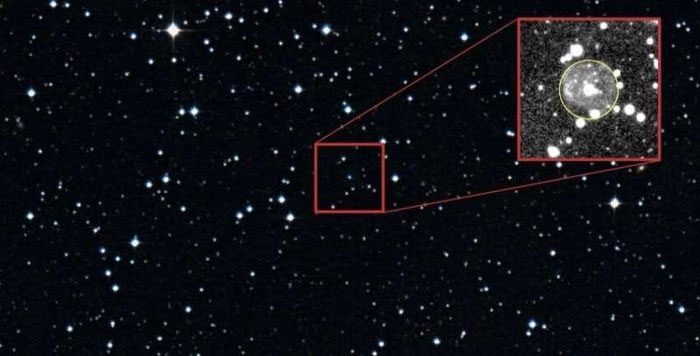An International Team of Astronomers Discovers 8 Hottest Stars in the Universe.
All of these stars have surface temperatures exceeding 100,000 degrees Celsius. The study has been published in the Monthly Notices of the Royal Astronomical Society.
The article is based on data collected by the Southern African Large Telescope (SALT). This is the largest single optical telescope in the Southern Hemisphere, featuring a mirror measuring 10m x 11m.

White dwarfs are nearly the size of Earth but have a mass many times greater.
The research describes how surveying helium-rich white dwarf stars has led to the discovery of several very hot white dwarfs. The hottest star among them has a surface temperature of 180,000 degrees Celsius, whereas the surface temperature of the Sun is only 5,800 degrees Celsius.
One of these stars has been identified as the <strong:center star of a planetary nebula. Notably, this planetary nebula has also recently been discovered by scientists. This central star has a diameter of one light-year.
Additionally, two of the other stars are oscillating, or “pulsating.” All of these stars are nearing the end of their life cycle as white dwarfs. Due to their extremely high temperatures, they shine many times brighter than the Sun. This phenomenon is considered unusual for white dwarf stars.
White dwarfs are nearly the size of Earth but possess a mass over a million times greater. Specifically, their mass is nearly equivalent to that of the Sun. They are the densest stars made up of normal matter.
Mr. Simon Jeffery, an astronomer at the Armagh Observatory and Planetarium and the lead researcher of the study, stated: “Stars with temperatures of 100,000 degrees Celsius or higher are extremely rare. It is astonishing to find so many such stars in our survey.”
Mr. Jeffery noted that these discoveries will enhance our understanding of the final stages of stellar evolution. The simultaneous findings also demonstrate that SALT is an excellent telescope for this project.
Meanwhile, Professor Klaus Werner from the University of Tübingen (Germany), a co-author of the study, remarked: “The discovery of 8 very hot white dwarfs and a new planetary nebula is of great importance. We hope these findings will help clarify the formation of our Galaxy.”


















































